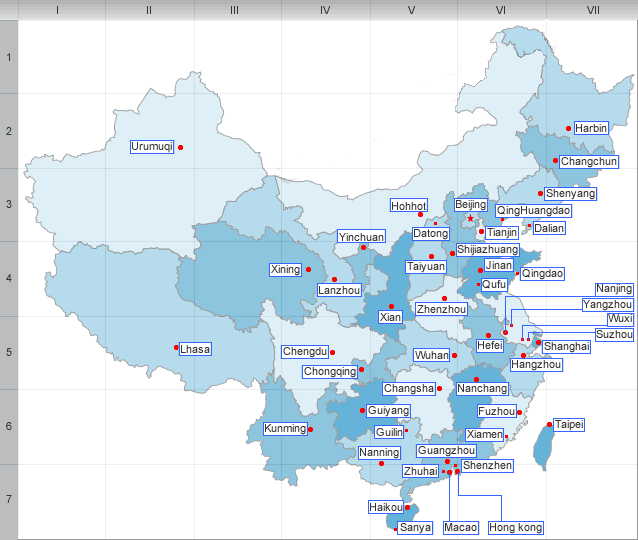Ethnic group,Culture and Tourism of Shandong
Ethnic group
Over 99% of Shandong’s population is Han Chinese. Minority groups include the Hui and the Manchus.
Culture
Mandarin dialects are spoken in Shandong. Linguists classify these dialects into three broad categories: Ji Lu Mandarin spoken in the northwest (as well as in neighbouring Hebei), such as the Jinan dialect; Zhongyuan Mandarin spoken in the southwest (as well as in neighbouring Henan); and Jiao Liao Mandarin spoken in the Shandong Peninsula (as well as the Liaodong Peninsula across the sea), such as the Qingdao dialect. When people speak of the "Shandong dialect" , it is generally the first or the second that is meant; the Jiao Liao dialects of Shandong are commonly called the "Jiaodong dialect".
Shandong cuisine is one of the eight great traditions of Chinese cuisine. It can be more finely divided into inland Shandong cuisine (e.g. Jinan cuisine); the seafood-centered Jiaodong cuisine in the peninsula; and Confucius’s Mansion cuisine, an elaborate tradition originally intended for imperial and other important feasts.
Shandong Bangzi and Luju are popular types of Chinese opera in Shandong; both originated from southwestern Shandong.
Tourism
Tourist attractions in Shandong include:
• Penglai, a town on the north of the Shandong peninsula famed in Taoism.
• Qingdao, beach resort city on the south of the peninsula famous for its Tsingtao beer
• Laoshan, a scenic area and Daoist centre to the east of Qingdao.
• Qingzhou, an ancient trading and administrative center with some famous archaeological discoveries.
• World Heritage Sites:
o Temple and Cemetery of Confucius, and the Kong Family Mansion in Qufu
o Tai Shan, sacred mountain, in Tai’an
| PREV:Geography and climate of Shandong | Next:Geography and climate of Guangxi |



